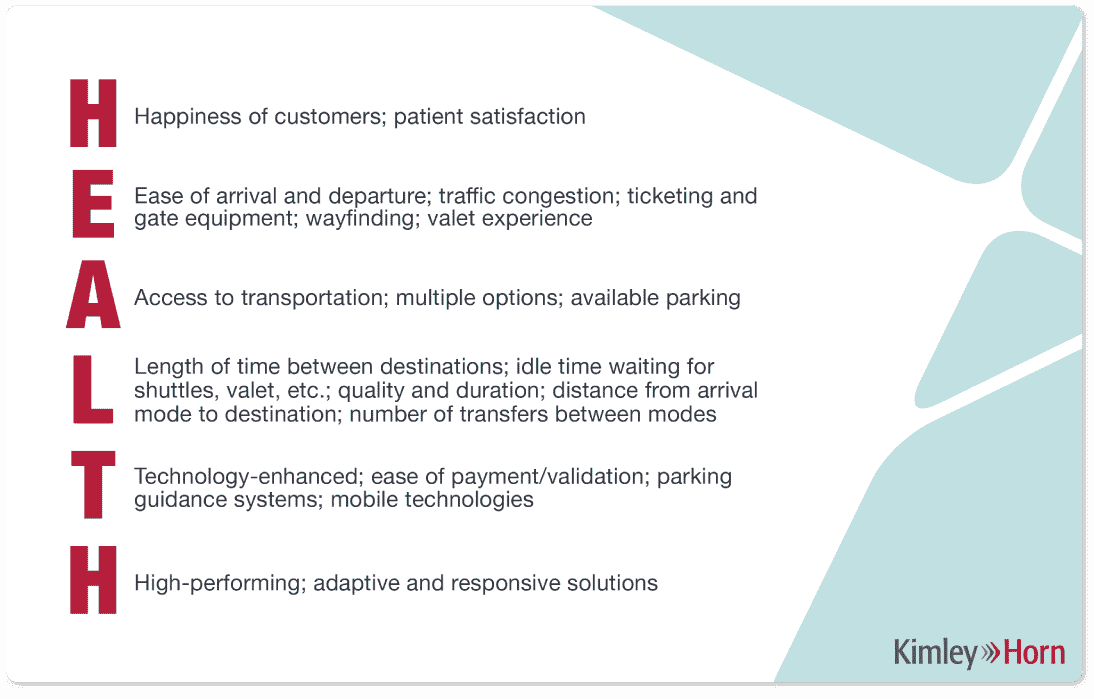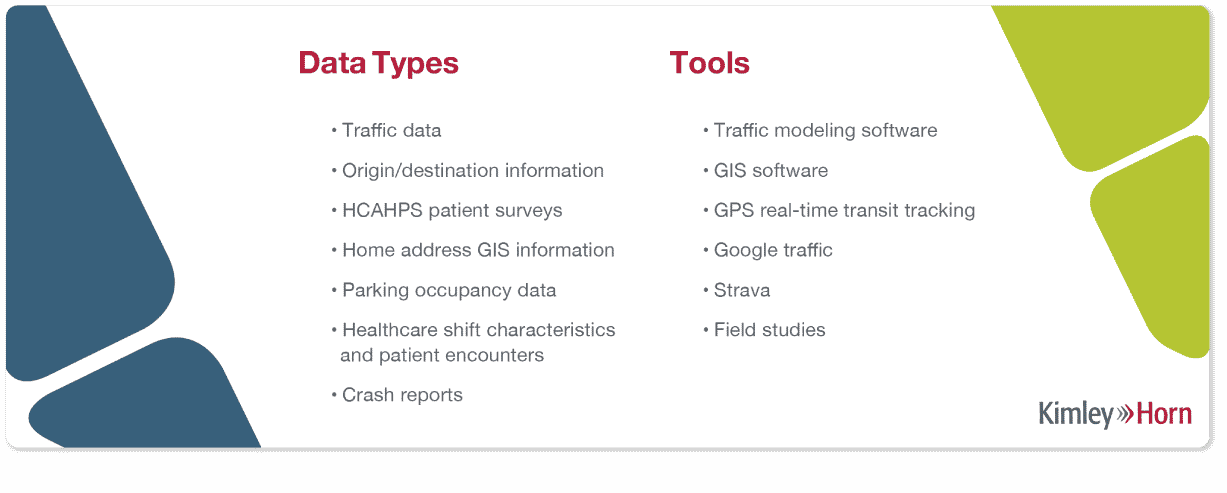- April 2, 2019
- Perspectives
Six Steps to Revolutionize Patient and Employee Mobility at Healthcare Campuses
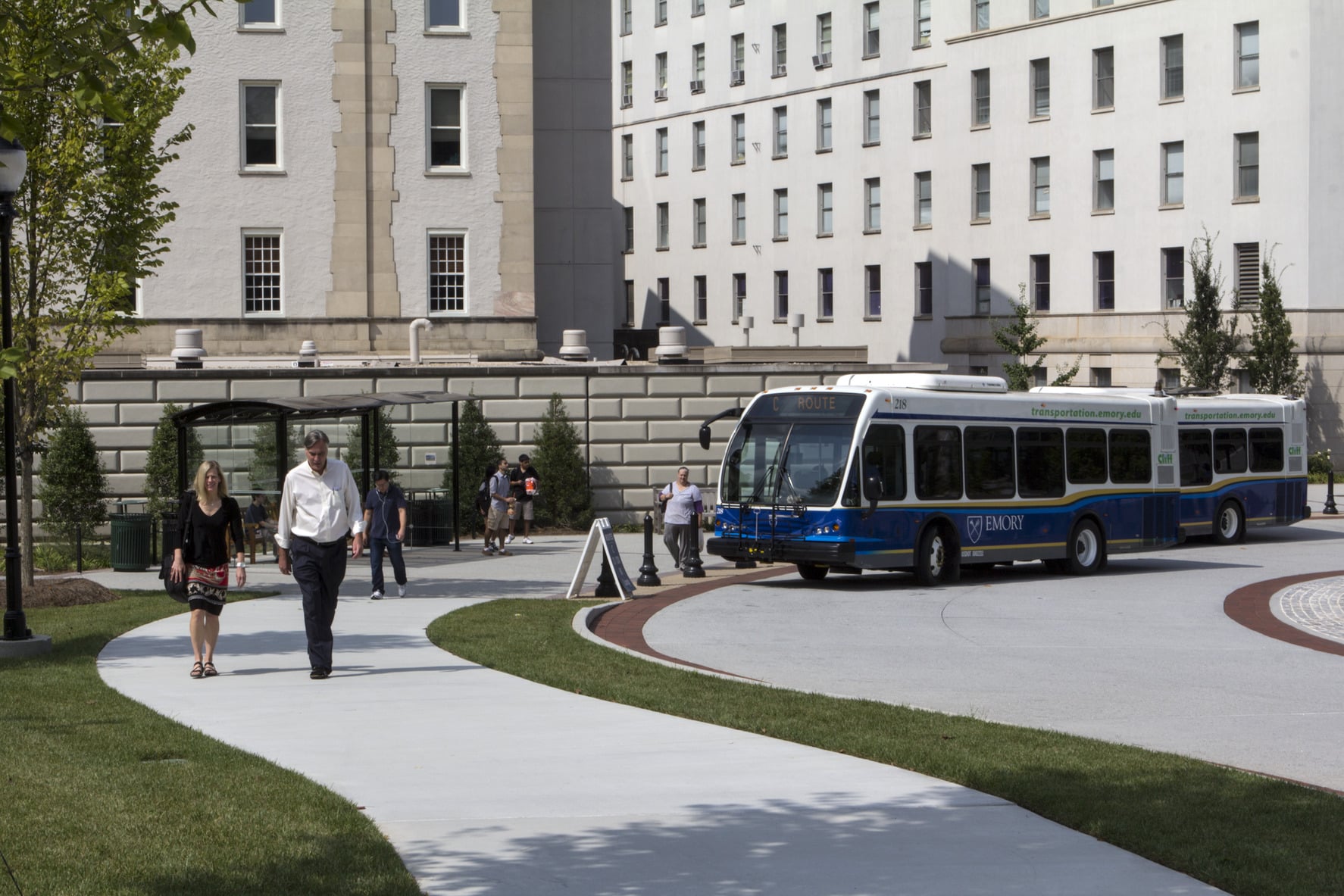
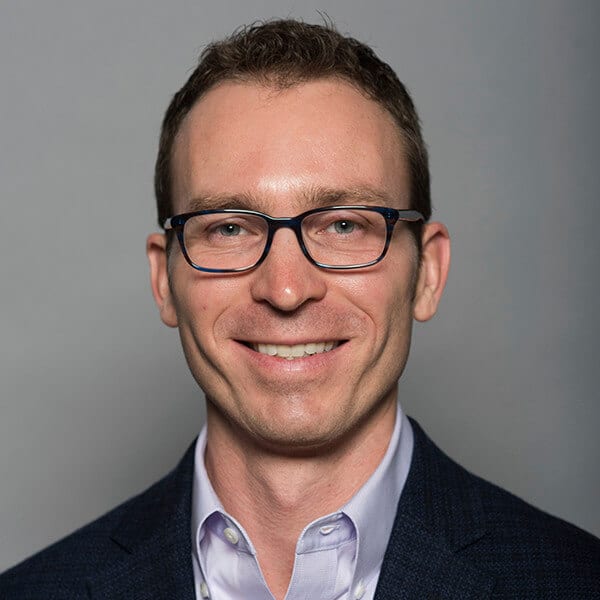
Jeffrey Elsey, P.E., CAPP, LEED AP
Atlanta, Georgia
Healthcare campuses are one of the most challenging project types to design, especially when it comes to parking and mobility. Within these unique ecosystems, there are many competing transportation interests that present design tensions that can have major impacts to sensitive users, such as a nurse that’s been on shift for 14 hours or a visitor who just lost their loved one to an illness.
Designing high functioning connections from the external transportation system to internal pedestrian circulation is critical to providing the highest level of mobility so that these users can focus on the things that matter, not circling for a parking spot. The components of this transition from the external to the internal include aspects such as parking garages, covered walkways, internal corridors, and the wayfinding and technologies that make them efficient and intuitive. Using his work for Emory University and Emory Healthcare as a case study, Kimley-Horn’s Jeffrey Elsey, P.E., CAPP, LEED AP spoke at the Healthcare Design Expo & Conference and Center for Health Design Conference about how to elevate the transportation and circulation experience within the ecosystem of a healthcare campus. Here, he shares six steps to revolutionize patient and employee mobility and enhance the parking experience.
1 | Define the role of parking and transportation
Defining the key objectives of the parking and transportation system within the larger organizational structure is key to keeping the design decision making process focused and on track. Emory’s goal was to use proactive parking and transportation operations, facilities, and programs to support its academic, research, business, and service objectives. In other words, to facilitate campus access through enhanced mobility.
2 | Identify the challenges
There was a bit of a mobility conundrum at Emory, partly due to significant growth in facilities, faculty, enrollment, and staff between 2008 and 2018. Challenges which limited access to facilities included a constrained roadway network, limited transit options, and few bicycle facilities. The campus itself was also constrained—limited parking impacted adjacent neighborhoods and the circulation on campus was congested with heavy valet, bicycle, pedestrian, and vehicle traffic in a limited space.
3 | Determine the consequences if challenges aren’t overcome
Not addressing access challenges would have negative impacts in many areas. Parking and access are a key recruitment tool and play an important role in employee and customer satisfaction. If access issues weren’t addressed, Emory would be challenged to attract and retain talented professionals, increase the number of patient visits, and risked losing funding by earning good scores on the Hospital Consumer Assessment of Healthcare Providers and Systems (HCAHPS is a patient satisfaction survey required by the Centers for Medicare and Medicaid services).
4 | Decide what metrics will measure success
The following list of metrics—which conveniently spell out “HEALTH”—were designed to measure success at Emory:
5 | Determine data types and how to analyze them
Value is added to the planning process when the range and depth of data types are expanded. This goes well beyond traditional data sources, with a specific emphasis on the data unique to a healthcare environment. For Emory, the following data and tools were utilized:
6 | Apply what you’ve learned to find and implement a solution
Healthcare environments are complex with many stakeholders, polities, and physical constraints in play. To address these challenges, impact the public realm, and meet the needs of users, utilize data analysis to clarify problems and help present ROI. Remember that solutions should be flexible and impacted by clear and continuous communication with and between stakeholders. Ultimately, the solutions should emphasize patient well-being and enhance the transportation and parking experience for patients and employees. With our approach of obtaining buy in from all parties involved and developing a broad and comprehensive plan, Kimley-Horn has tailored solutions for healthcare clients nationwide.
About the Author
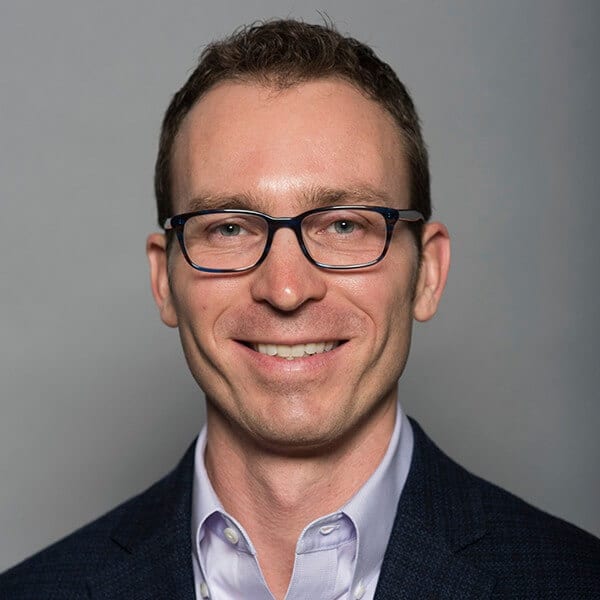
Jeffrey Elsey, P.E., CAPP, LEED AP
A parking and mobility strategist specializing in systems infrastructure investments, parking and TDM policy and system financial evaluations. Jeffrey sits on the National Parking Association’s Parking Consultants Council and has worked with large campuses, including universities, throughout the country to develop long-term parking and mobility strategies based on enhanced financial performance and customer satisfaction.

